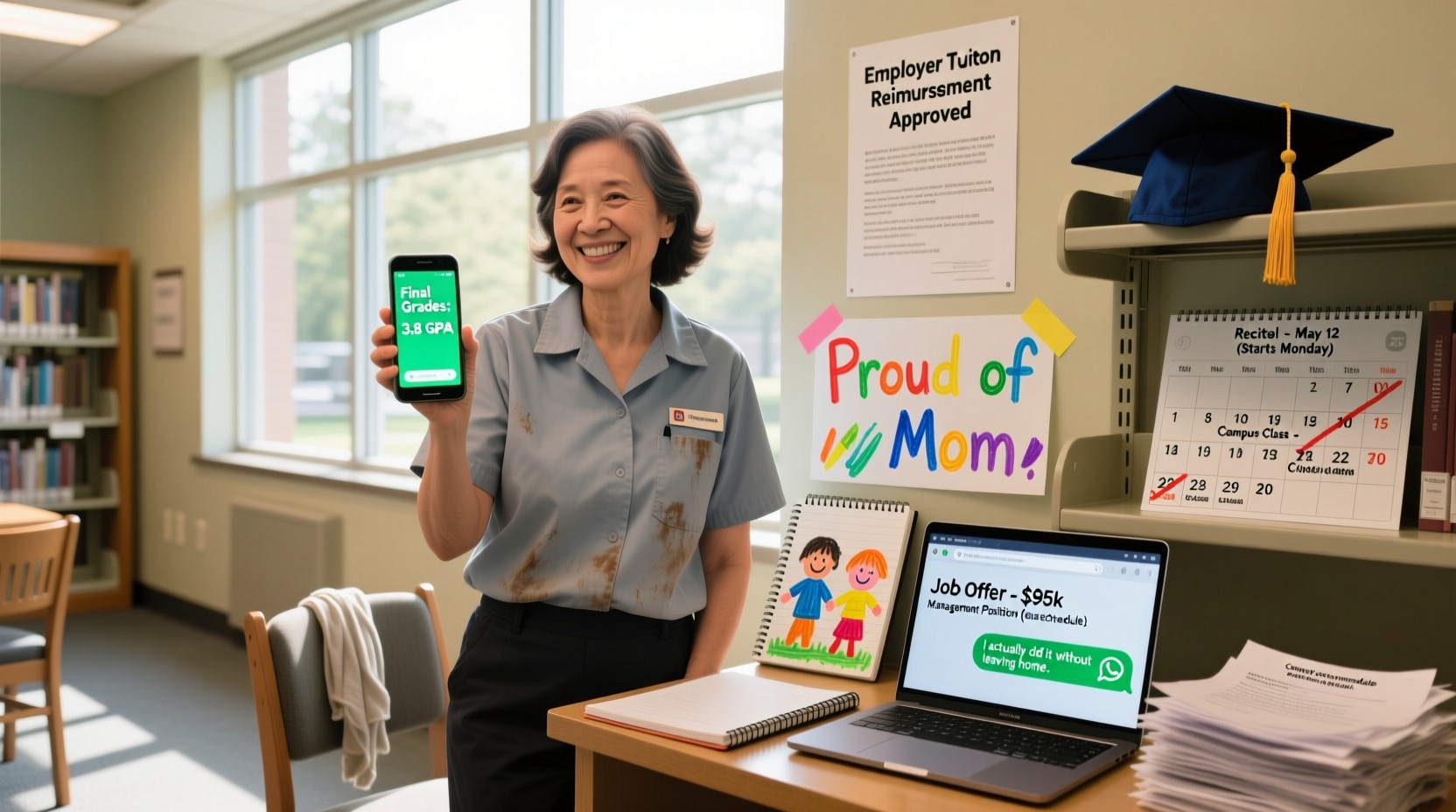Category: Direct Access & Barrier Removal in US Online Education
-

The Straightest Path to Credentials: Affordable US Online Certifications That Remove Unnecessary Requirements
Professional certification pathways impose barriers disconnected from actual job performance requirements—demanding expensive prerequisite degrees unrelated to certification competencies, requiring years of coursework teaching material tangential to credential objectives, mandating classroom attendance for skills demonstrable through online assessment, charging $15,000-45,000 for credentials that could be validated through $2,000-5,000 competency demonstrations, and creating multi-year timelines for certifications…
-

Barrier-Breaking Online Degrees: US Institutions That Shield Students From Traditional Higher Education Obstacles
Higher education creates formidable barriers excluding millions of capable learners—requiring physical campus attendance impossible for those living remotely or managing family obligations, enforcing rigid class schedules incompatible with employment demands, mandating full-time enrollment beyond financial reach of working adults, imposing prerequisite requirements disregarding professional experience, maintaining application processes assuming privilege and cultural capital, and designing…
-

The Middleman-Free Education Revolution: American Universities Delivering Courses Directly to Global Learners
International higher education operates through layers of intermediaries—recruitment agents taking 15-20% commissions, Online Program Management companies extracting 50-70% of tuition revenue, credential evaluation services charging $200-400 per applicant, payment processors adding 3-8% transaction fees, and local partner institutions demanding revenue splits for market access. These middlemen collectively consume 35-65% of what students pay, inflating costs…
-

Cutting Through Bureaucracy: How Direct-Enrollment US Online Programs Reduce Both Time and Costs
Traditional college enrollment resembles navigating a labyrinth designed by competing bureaucracies—separate applications to admissions, financial aid, housing, academic advising, course registration, and student accounts, each with distinct deadlines, requirements, and processes. Students spend 40-80 hours completing paperwork that could be accomplished in a fraction of that time if systems communicated and processes integrated logically. However,…